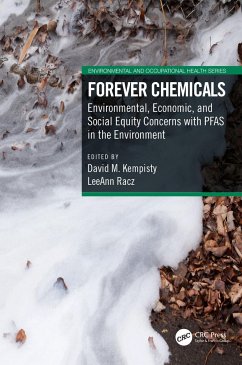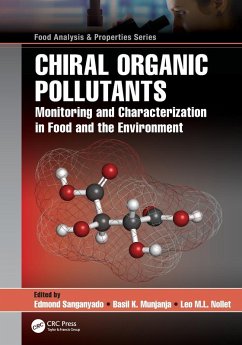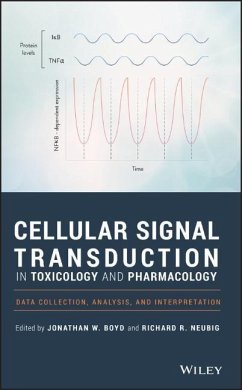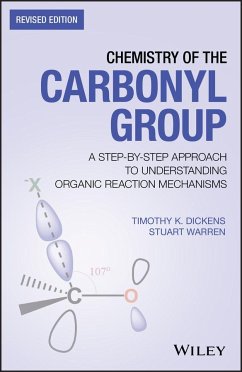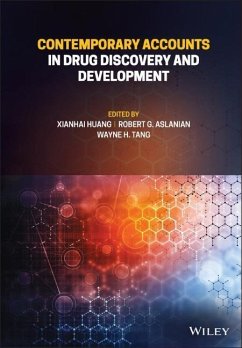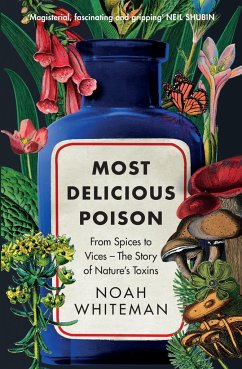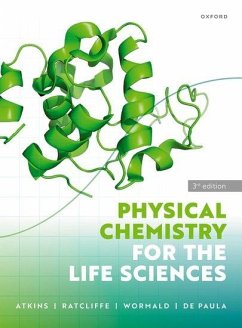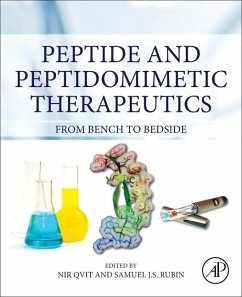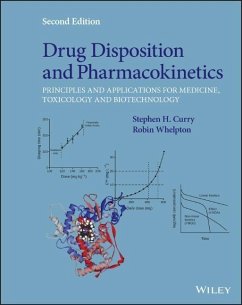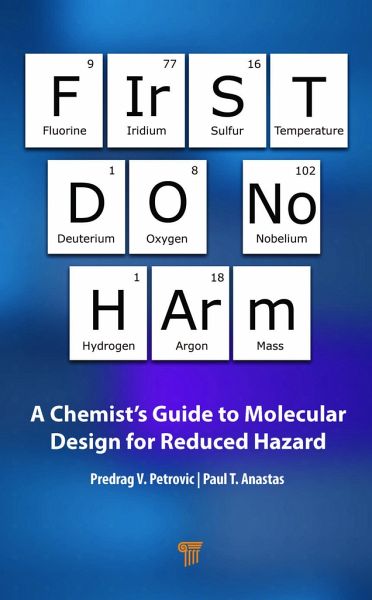
First Do No Harm
A Chemist's Guide to Molecular Design for Reduced Hazard
Versandkostenfrei!
Versandfertig in 1-2 Wochen
111,99 €
inkl. MwSt.
Weitere Ausgaben:

PAYBACK Punkte
56 °P sammeln!
This book is the first to provide chemists with useful, practical guidance on how to minimize or avoid a wide range of hazards. Building on the insights gained from the pharmaceutical industry over the past 25 years on how to create desirable biological effects, the authors demonstrate how to avoid undesirable biological effects by design.





